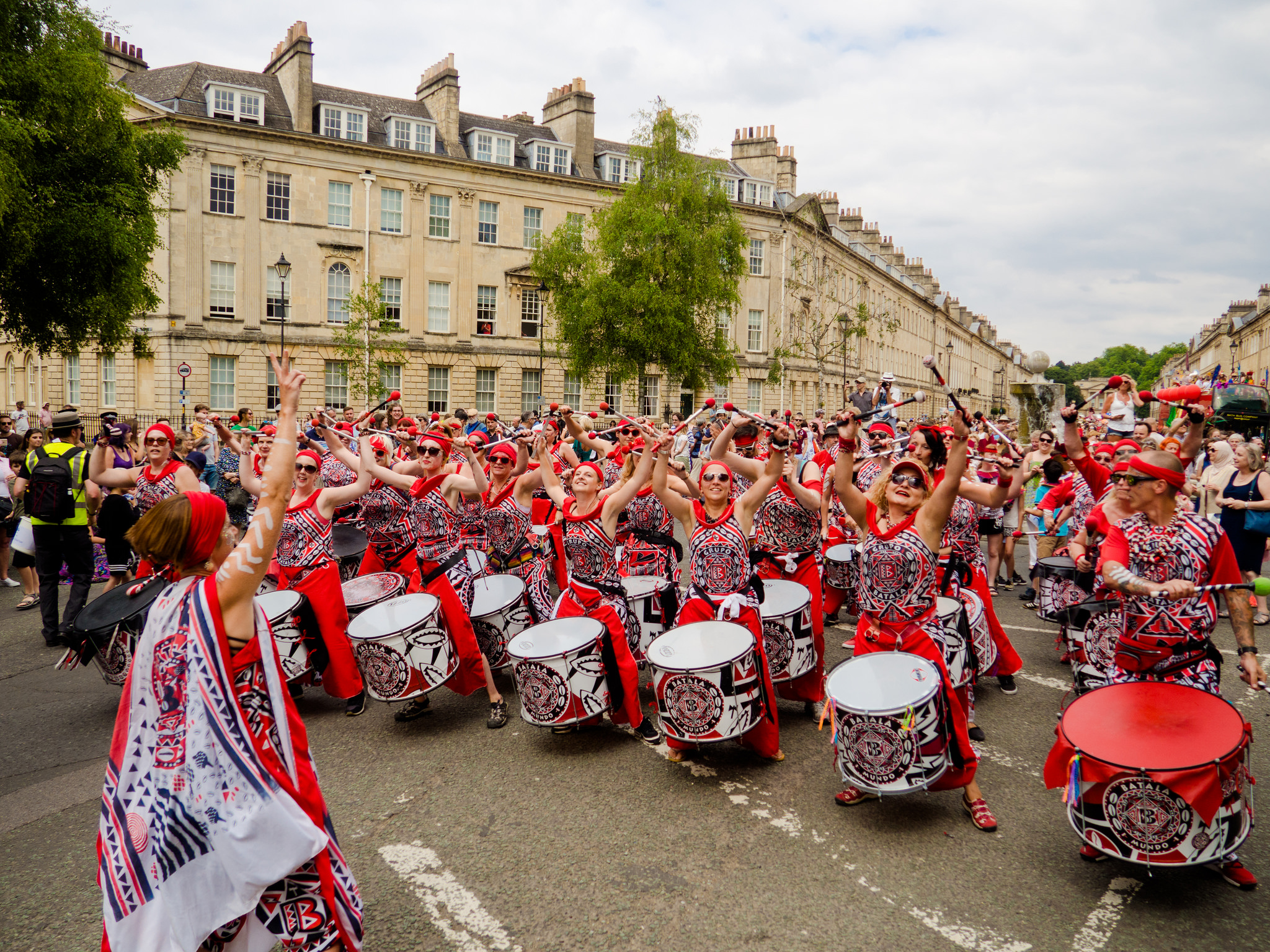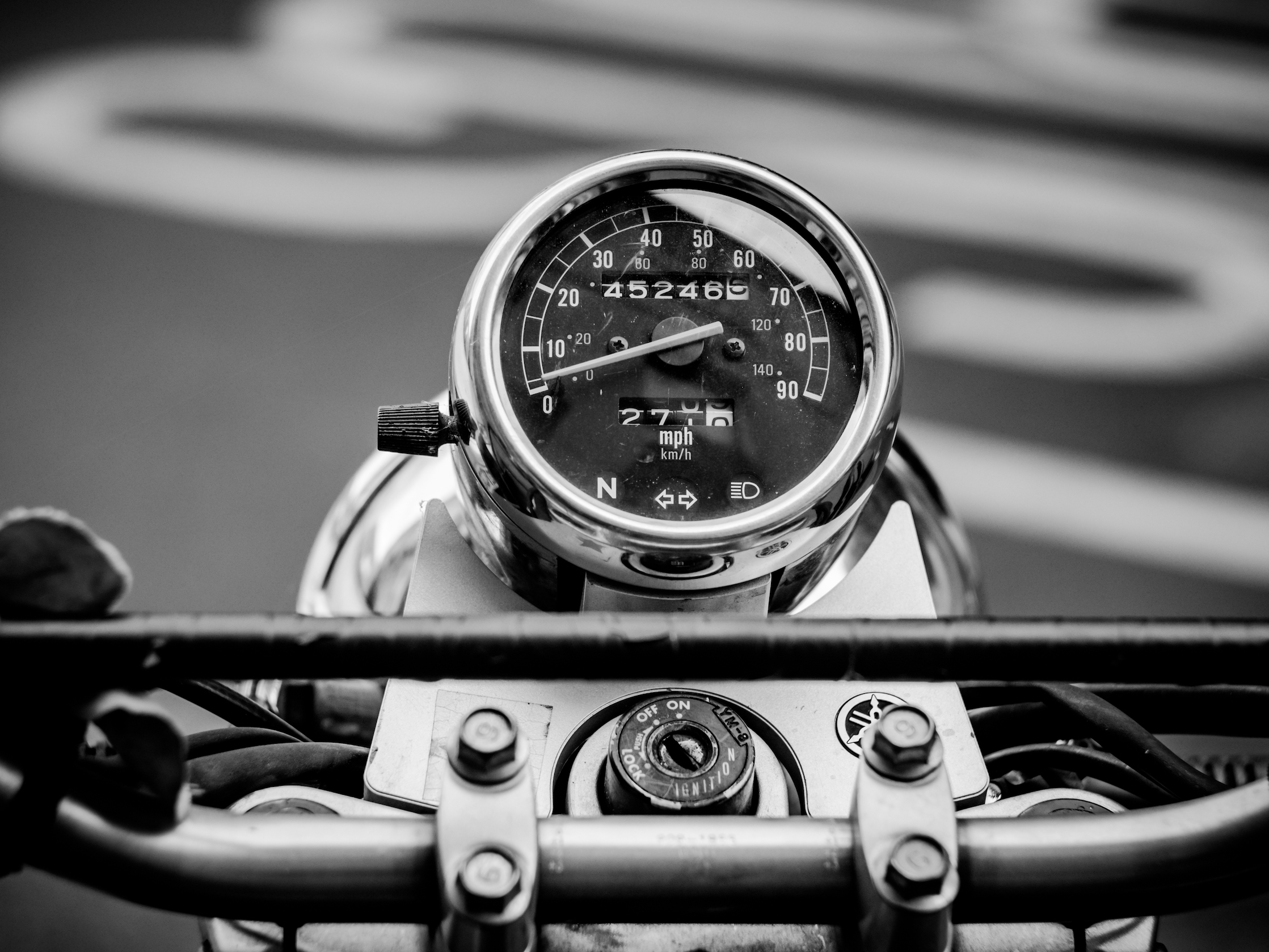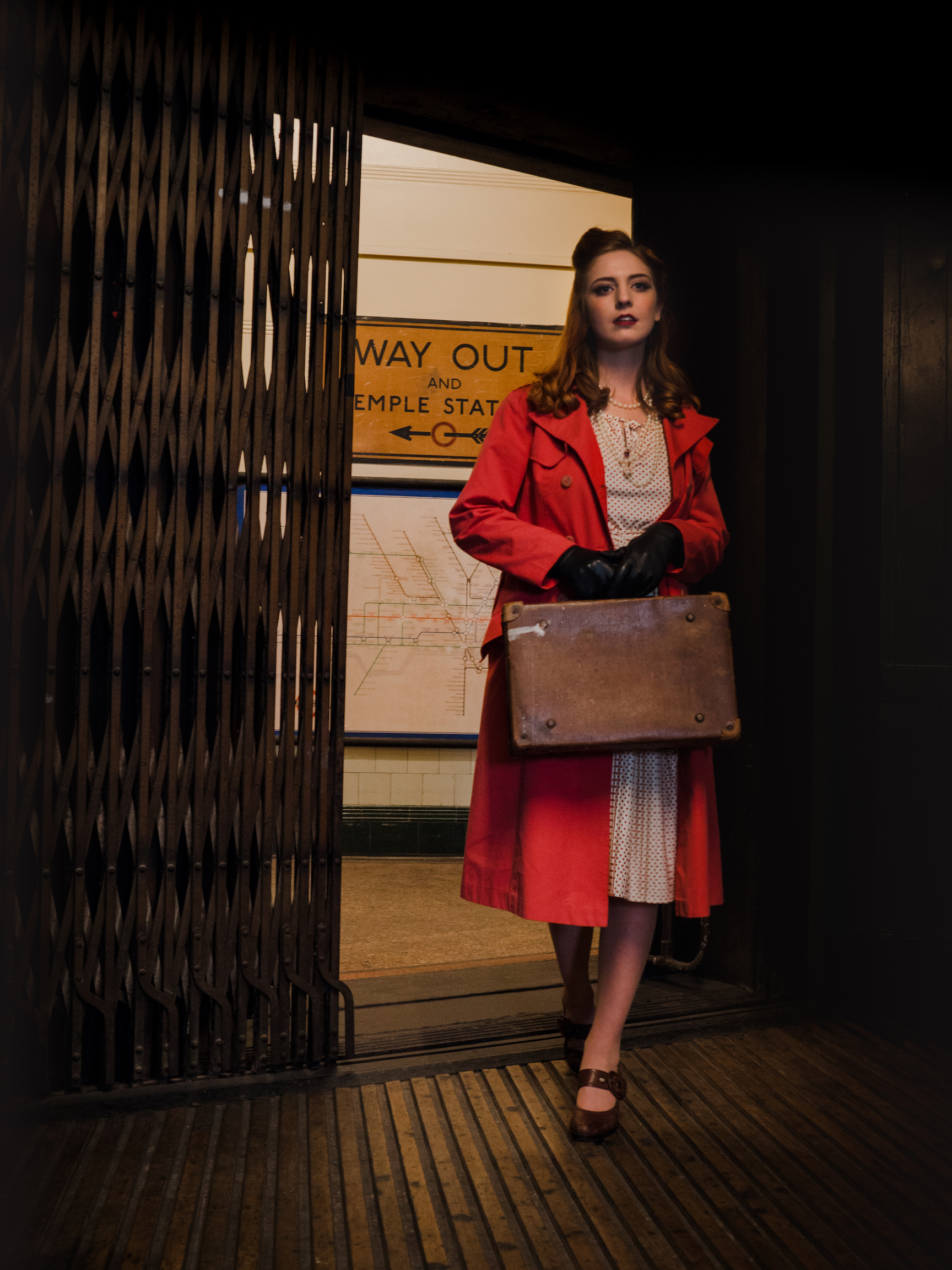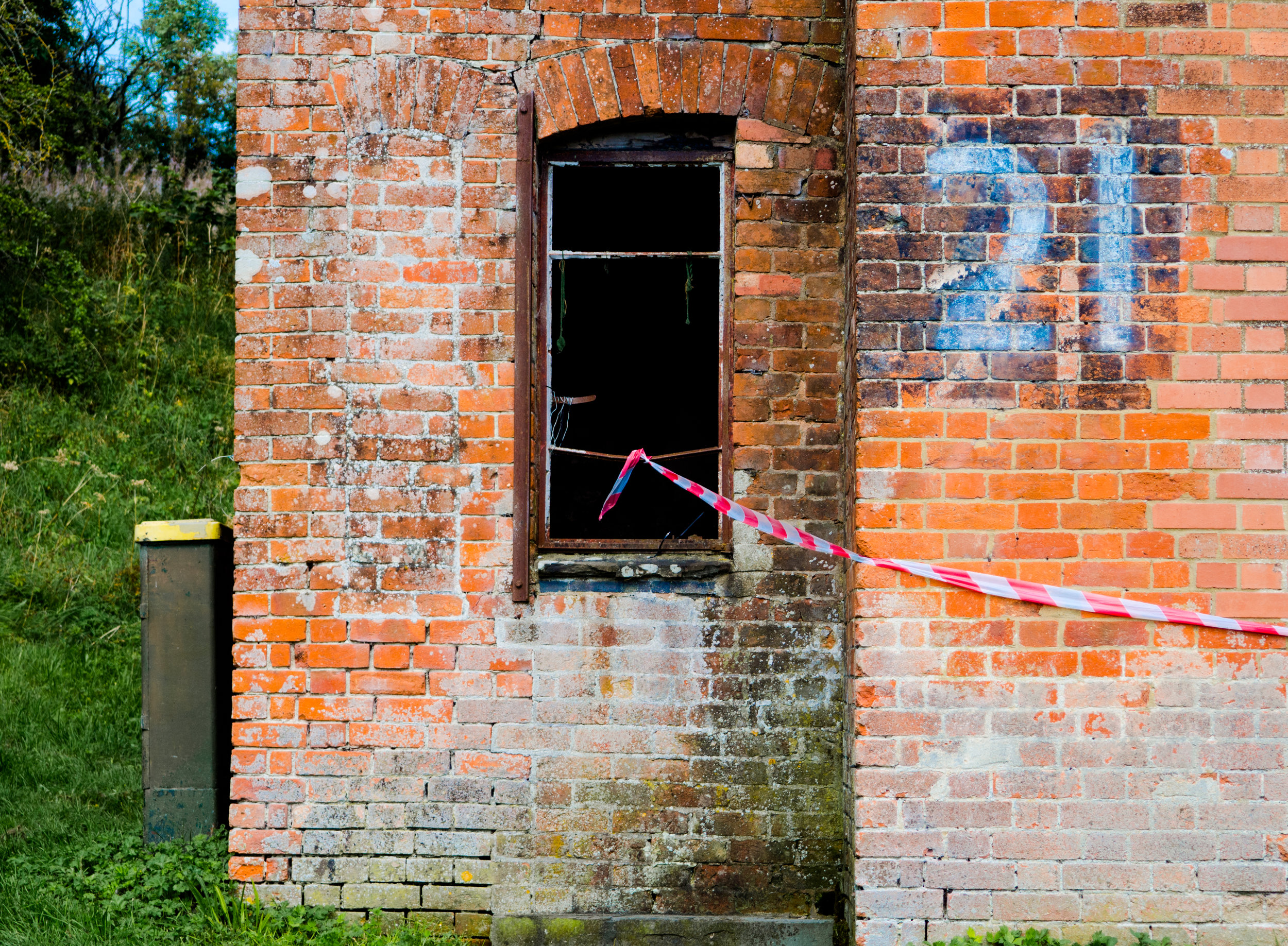This weekend saw the return of the annual Bath Carnival. And I was excited to be asked by the organisers to be one of the official photographers. The carnival is always great fun and brings the whole of the city centre together in a mass of noise and colour.
With the weather being gorgeous at the moment, Sydney Gardens was heaving for the day long party and the streets were full of smiling people watching the procession. It's a fantastic atmosphere.
Usually for events that I'm photographing for myself I'll have a mix of colour and monochrome shots. But working to a brief this year, I knew that I'd be doing them all in colour. I'd planned on some shots for my personal use being in monochrome but then decided against it when editing. The day was so colourful I decided for a change to just go with that carnival atmosphere.
I love the challenge of events like this. I find it quite an adrenaline rush being in the thick of it, trying to create good shots and capturing the essence of what is going on.
To make life more interesting for myself, I was shooting a lot of it with my 135mm manual telephoto lens; so not only was I trying to shoot stuff quickly but I was also not having the safety net of auto focus. However, this only added to the enjoyment! If I wasn't shooting with that then I was going to the other extreme - using a wide angle lens to get in really close to the action; you definitely feel a part of what's going on when you've got a thunderous drumming band getting pretty close to your face (note to self - definitely need a nice wide angle prime!)
The Carnival is non profit and does workshops with many groups to bring the whole thing together. You can donate to keep it running at their Localgiving page.
Here are a few choice shots. There are quite a few more over on Flickr.
Geeky stuff!
I used my Olympus OMD EM10ii with these lenses...
Olympus Zuiko 135mm f3.5.
Olympus M.Zuiko 14-42 f35-5.6ii.
Panasonic Lumix 25mm f1.7.





































































